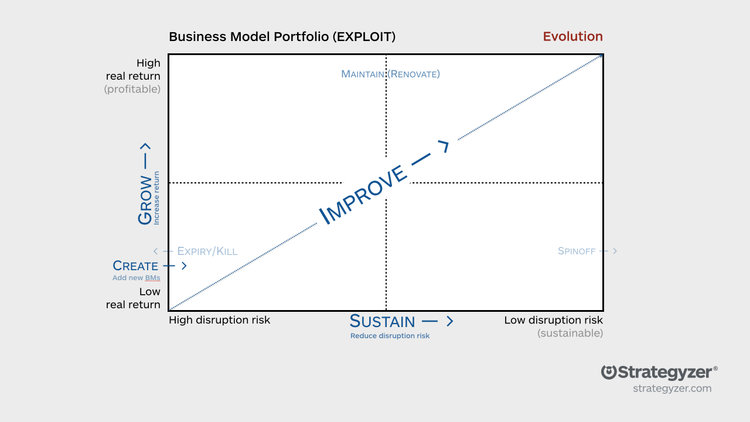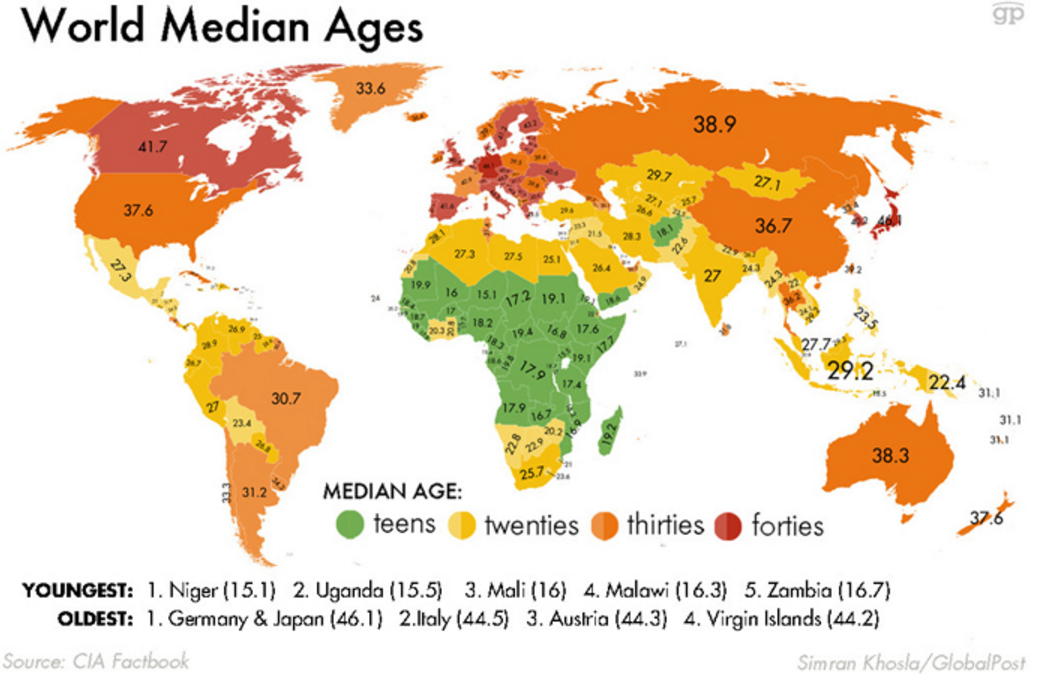reversões têm custos. temos pena— Carlos P da Cruz (@ccz1) August 4, 2017
é a isso q se chama: opções políticashttps://t.co/cW8yA2dSc8
política = fazer opções = valorizar umas coisas em detrimento de outras https://t.co/ZpaUACm5Z2 https://t.co/KSKDVh5LYW— Carlos P da Cruz (@ccz1) June 22, 2017
Álvaro Vaz tem de ser internado, a dizer q ñ há €€ para tudo, q é preciso fazer opções. entranho tempo este em q o bom senso faz espécie— Carlos P da Cruz (@ccz1) September 28, 2012
Imaginem quantos telejornais, quantos fóruns radiofónicos, quantos Pros e Contras teriam como tema este artigo "Como a austeridade afecta hospitais, militares e escolas em Portugal" no tempo "da outra senhora"
Nem de propósito, a última reflexão de Joaquim Aguiar em "A tragédia do poder":
"A economia é uma ciência social triste, porque trata da afectação de recursos escassos a finalidades alternativas, o que implica a eterna frustração que é a condenação dos que foram expulsos do paraíso. Porque os recursos são escassos, o que se afectar a uma finalidade já não poderá ser aplicado ou desviado para outra.
...
O Estado é o palco em que se projectam estas ilusões - a ilusão de que o poder político pode satisfazer todas as necessidades da sociedade como se os recursos não fossem escassos e isso não implicasse beneficiar uns e prejudicar outros, e a ilusão de que a política, desde que legitimada em eleições, não tem de reconhecer que os recursos são escassos, pelo menos para os que elegeram esse poder.
.
Mas há os que sabem distinguir a ilusão da realidade e capturam o Estado para, invocando o interesse geral, satisfazerem os seus interesses particulares, protegidos pela legitimidade que os iludidos lhes atribuíram. São os que capturam o Estado que mantêm a tragédia em cena, fragilizando a economia e a sociedade, e beneficiando com isso."
Por outro lado, os médicos ganham mais. Foi uma escolha política. https://t.co/XrOPFtrFkz— Carlos G. Pinto (@carlosgpinto) August 29, 2017





















